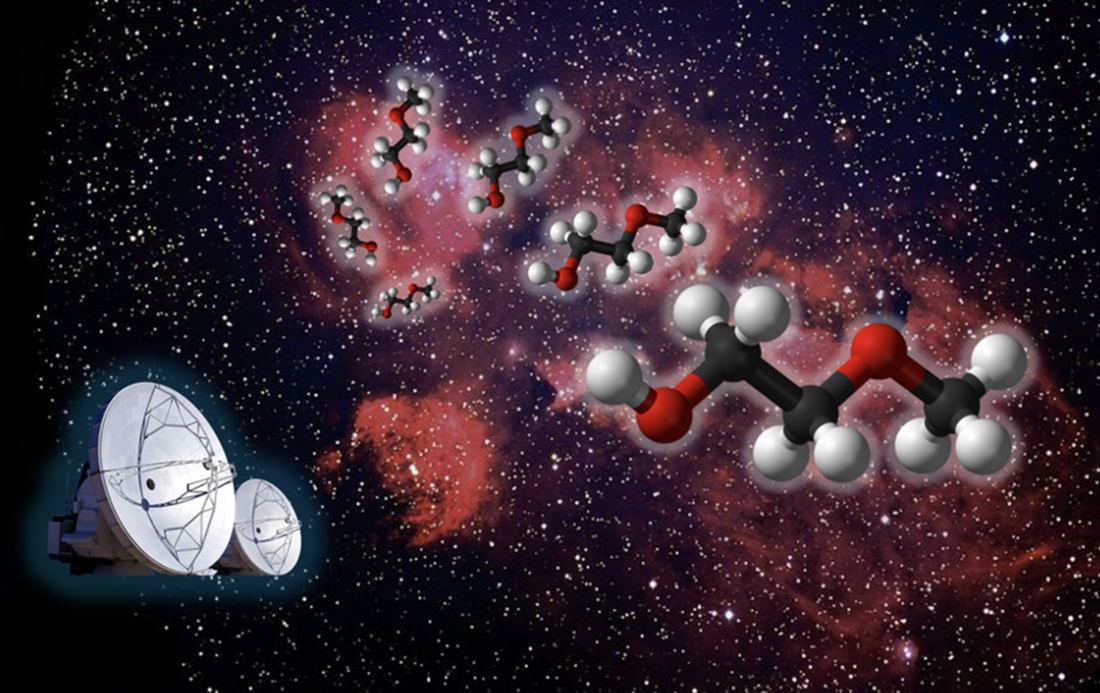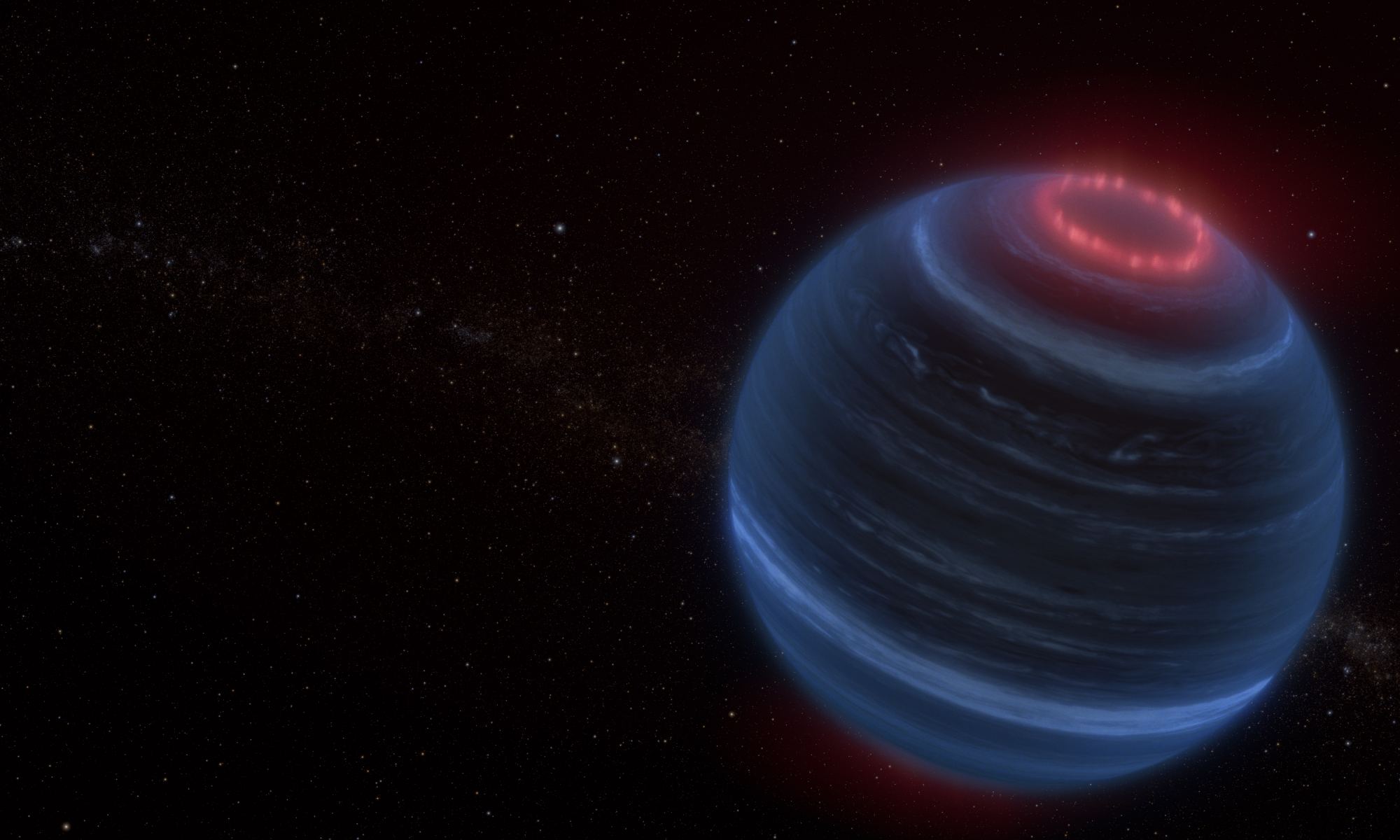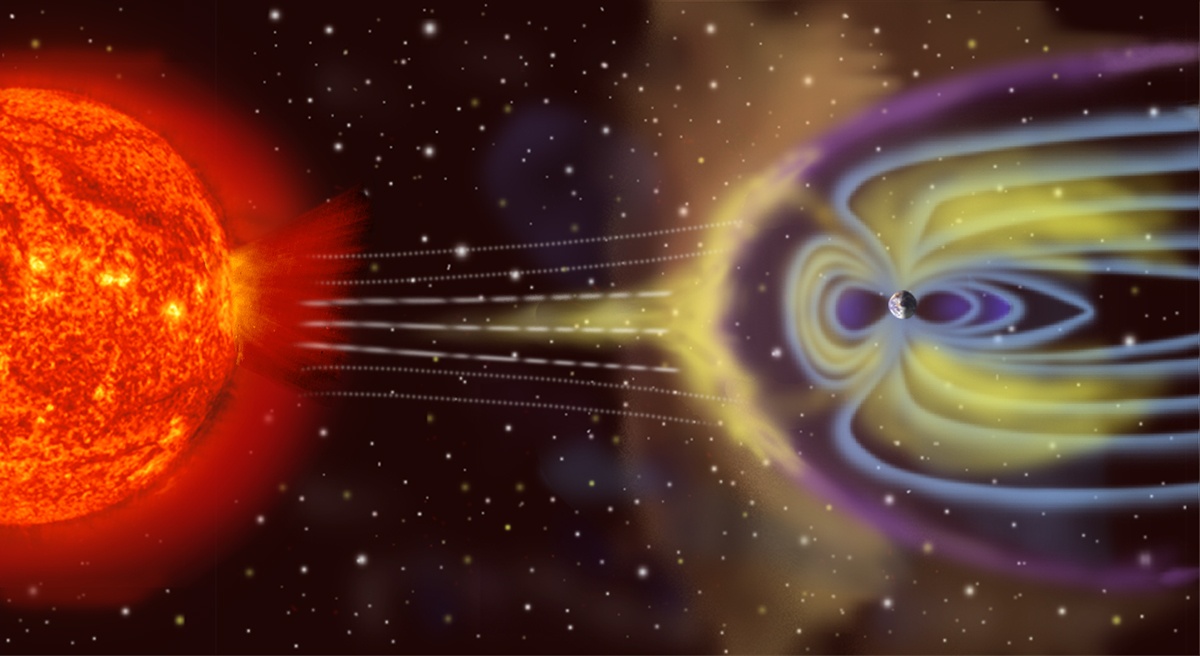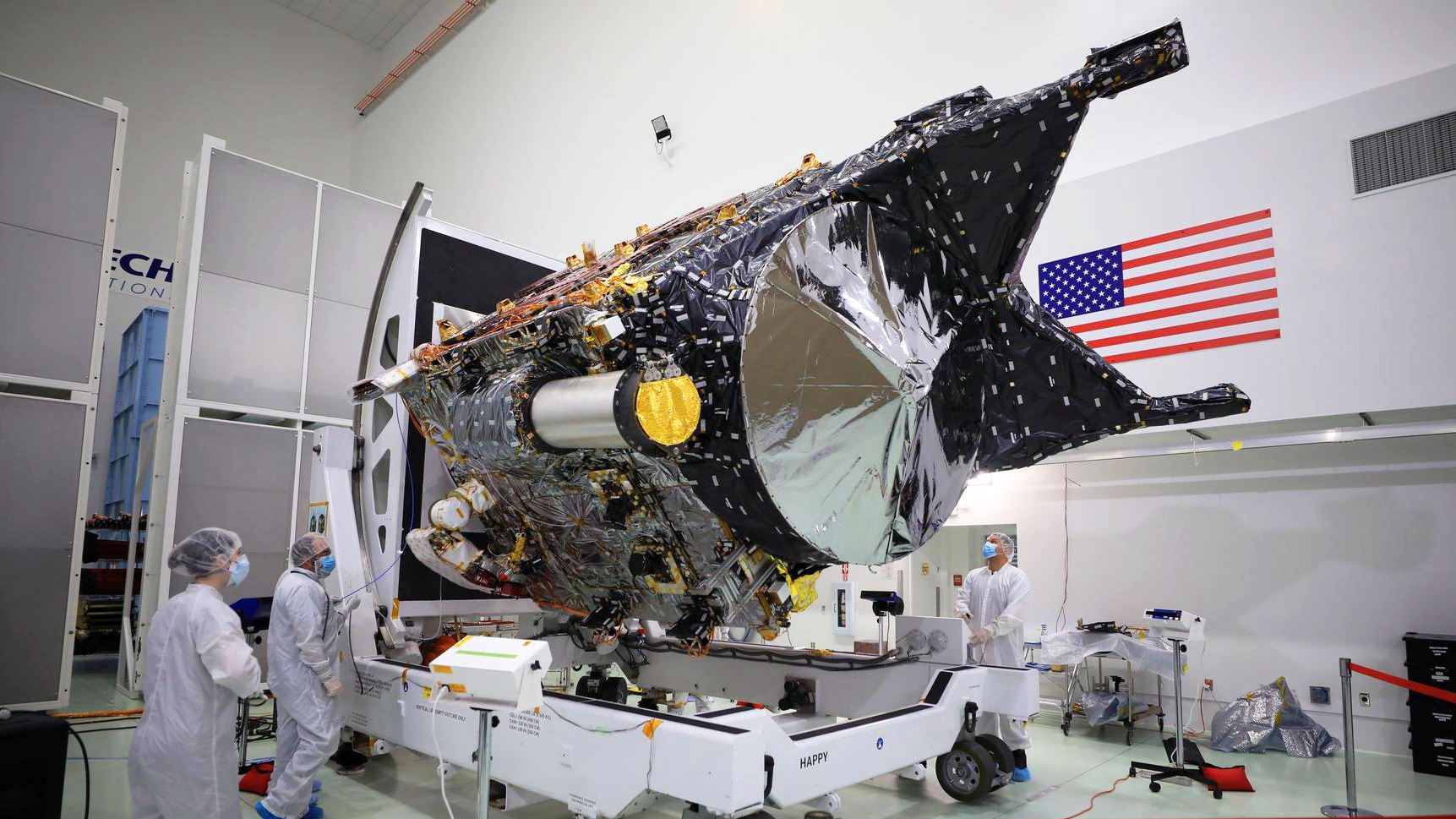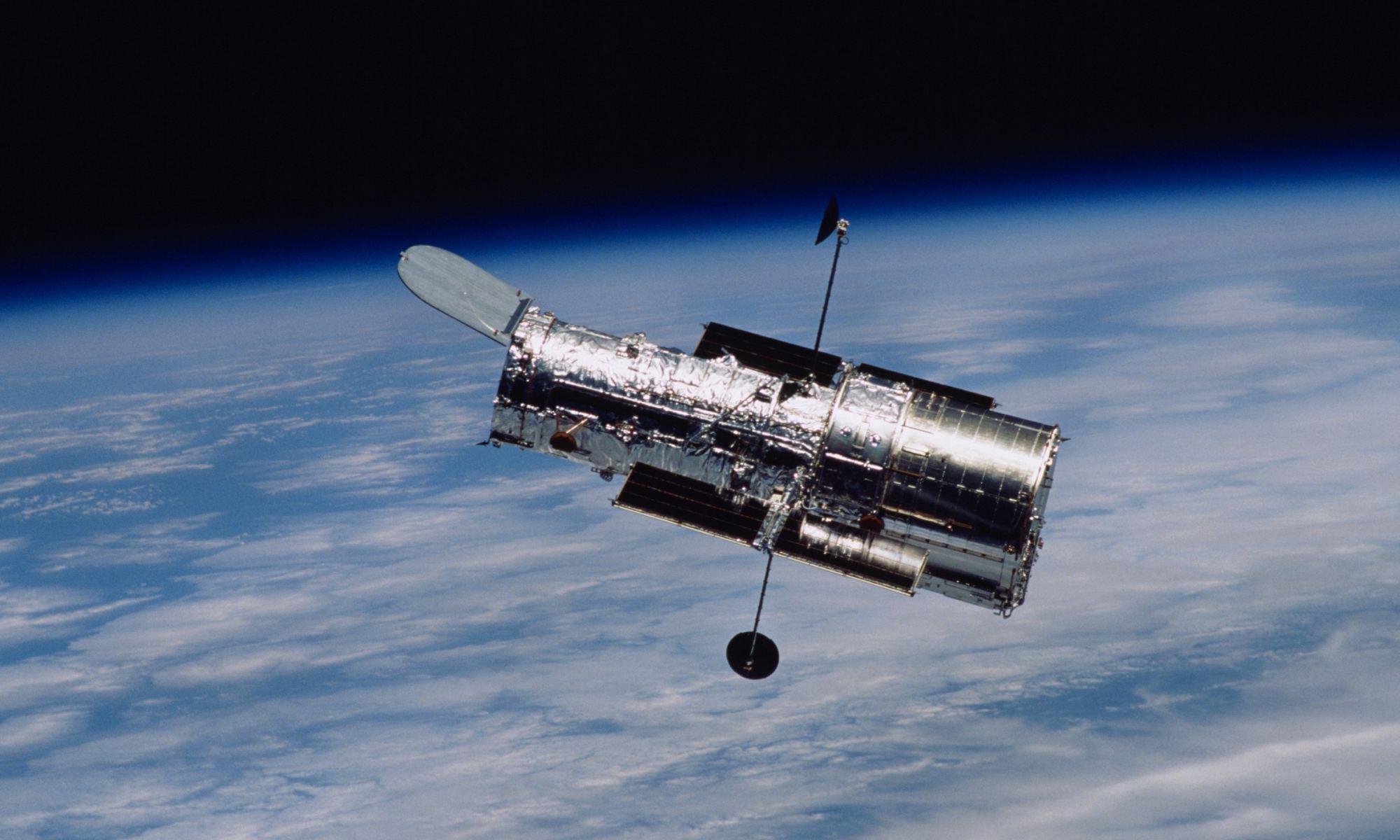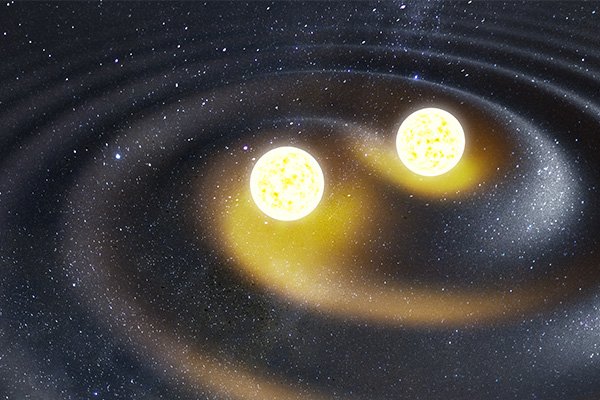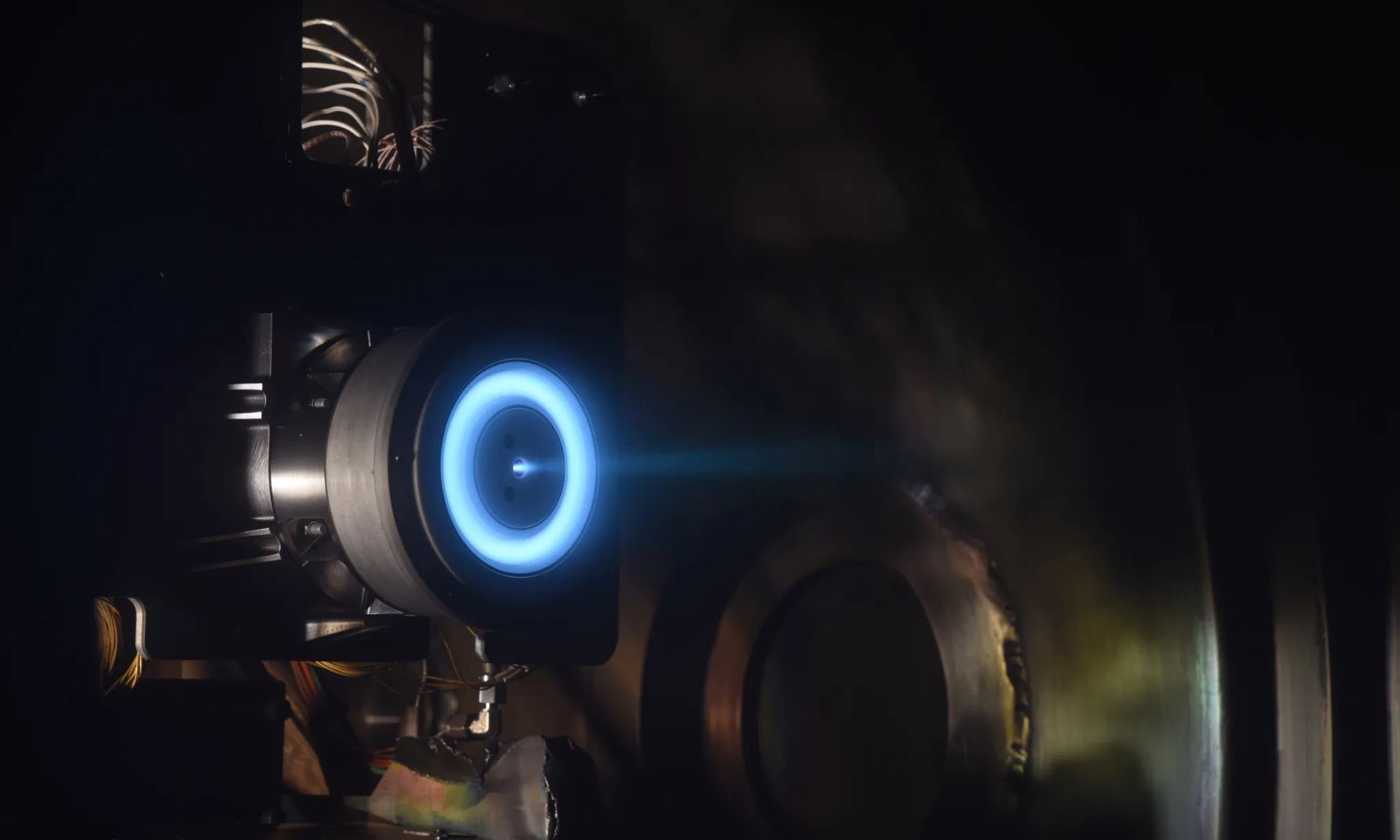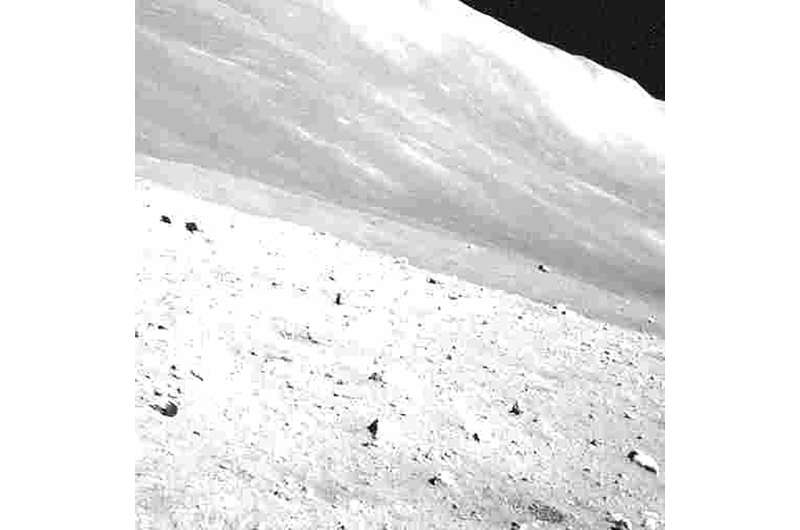The Hubble Space Telescope has gone through its share of gyroscopes in its 34-year history in space. Astronauts replaced the gyros during the last servicing mission in 2009, bringing it back up to six (three with three spares), but they only last so long. Last week, HST went into safe mode because one of the gyros experienced fluctuations in power. NASA paused the telescope’s science operations today to investigate the fluctuations and perhaps come up with a fix.
With this one gyro experiencing problems, only two of the gyros remain fully operational. HST works best with three gyros, and so engineers are working to understand the issue and hopefully figure out a way to fix it remotely. However, several years ago, engineers figured out a way to still conduct science operations with only a single gyro.
Continue reading “Uh oh. Hubble's Having Gyro Problems Again”
